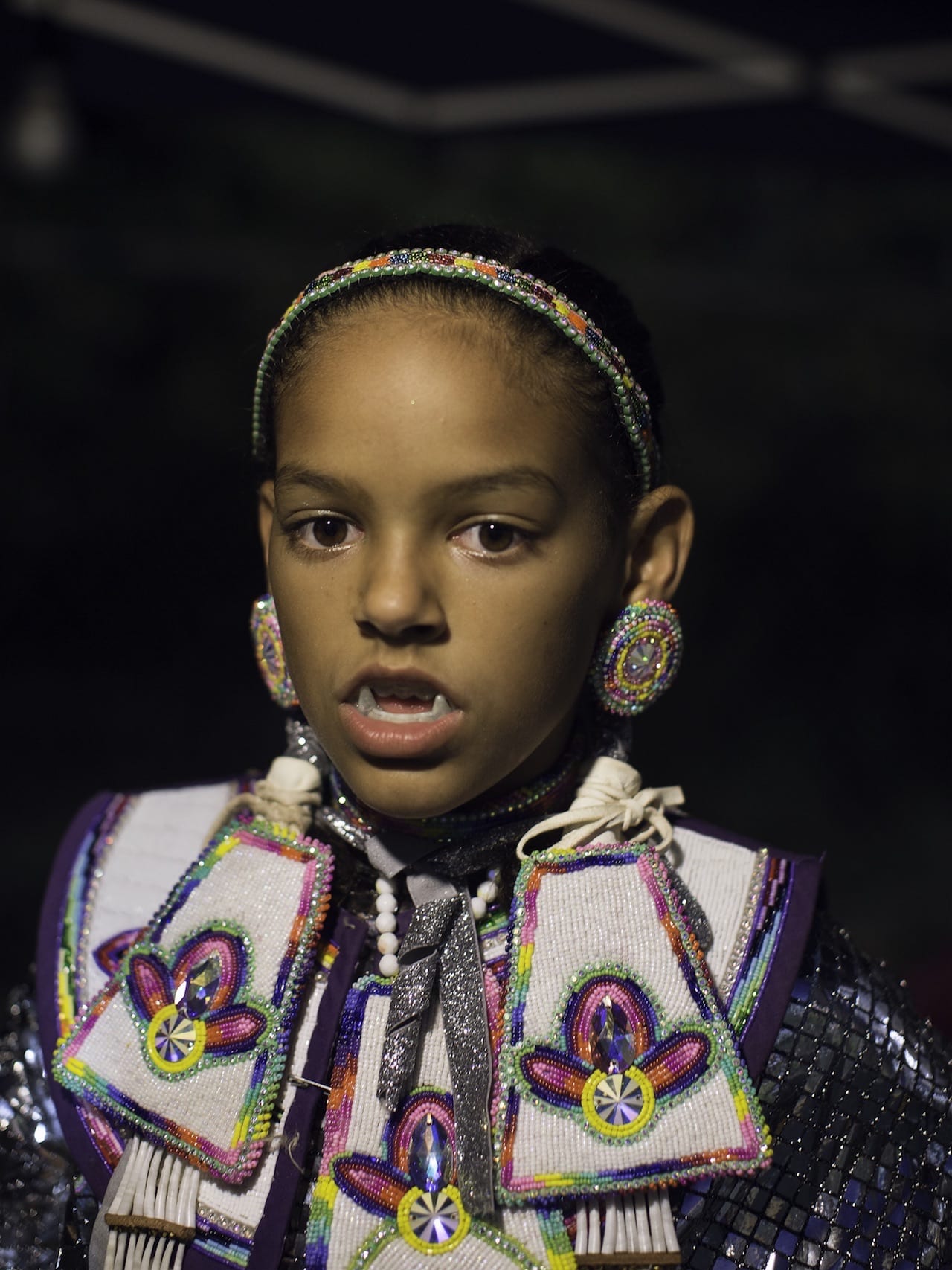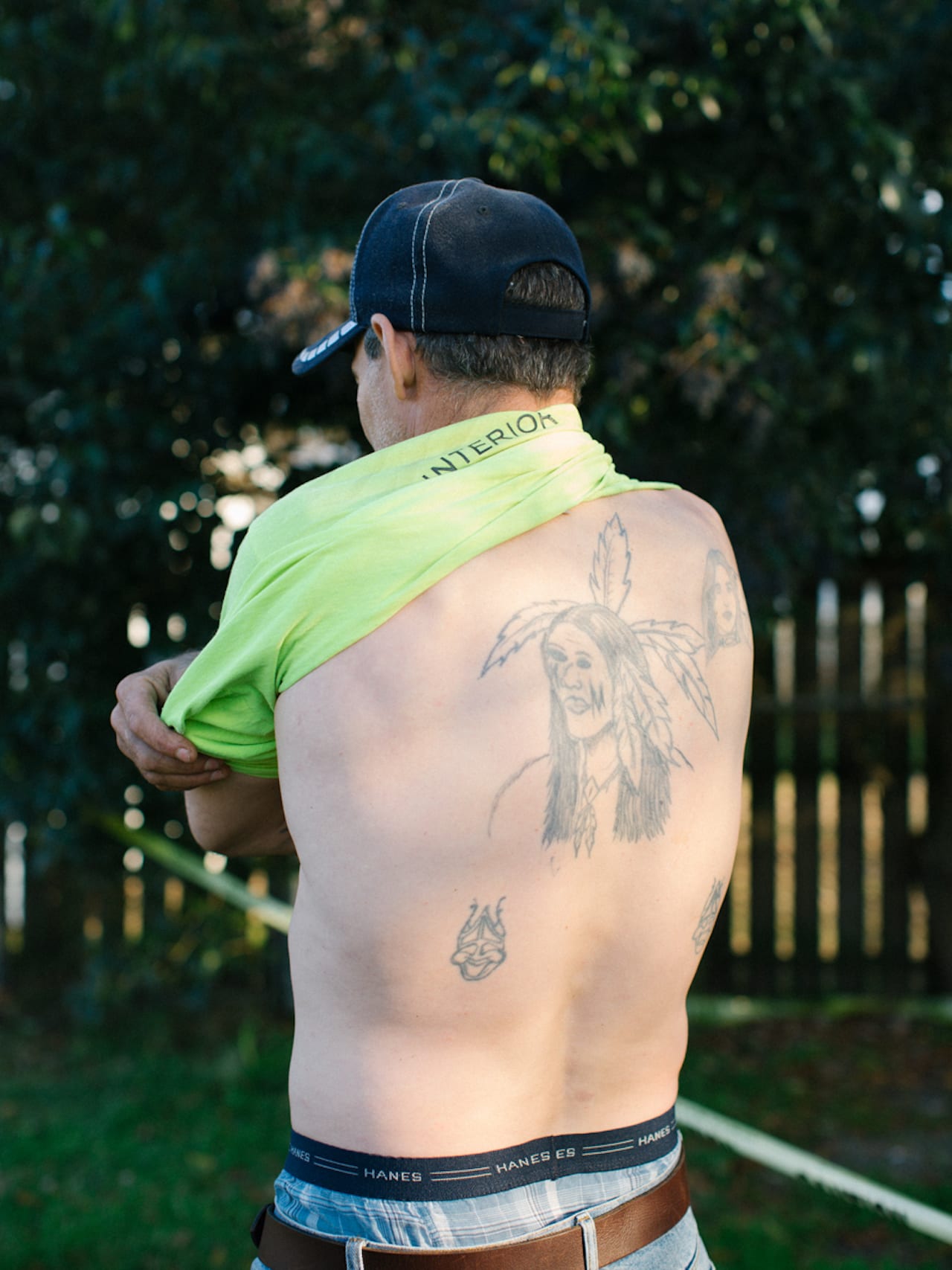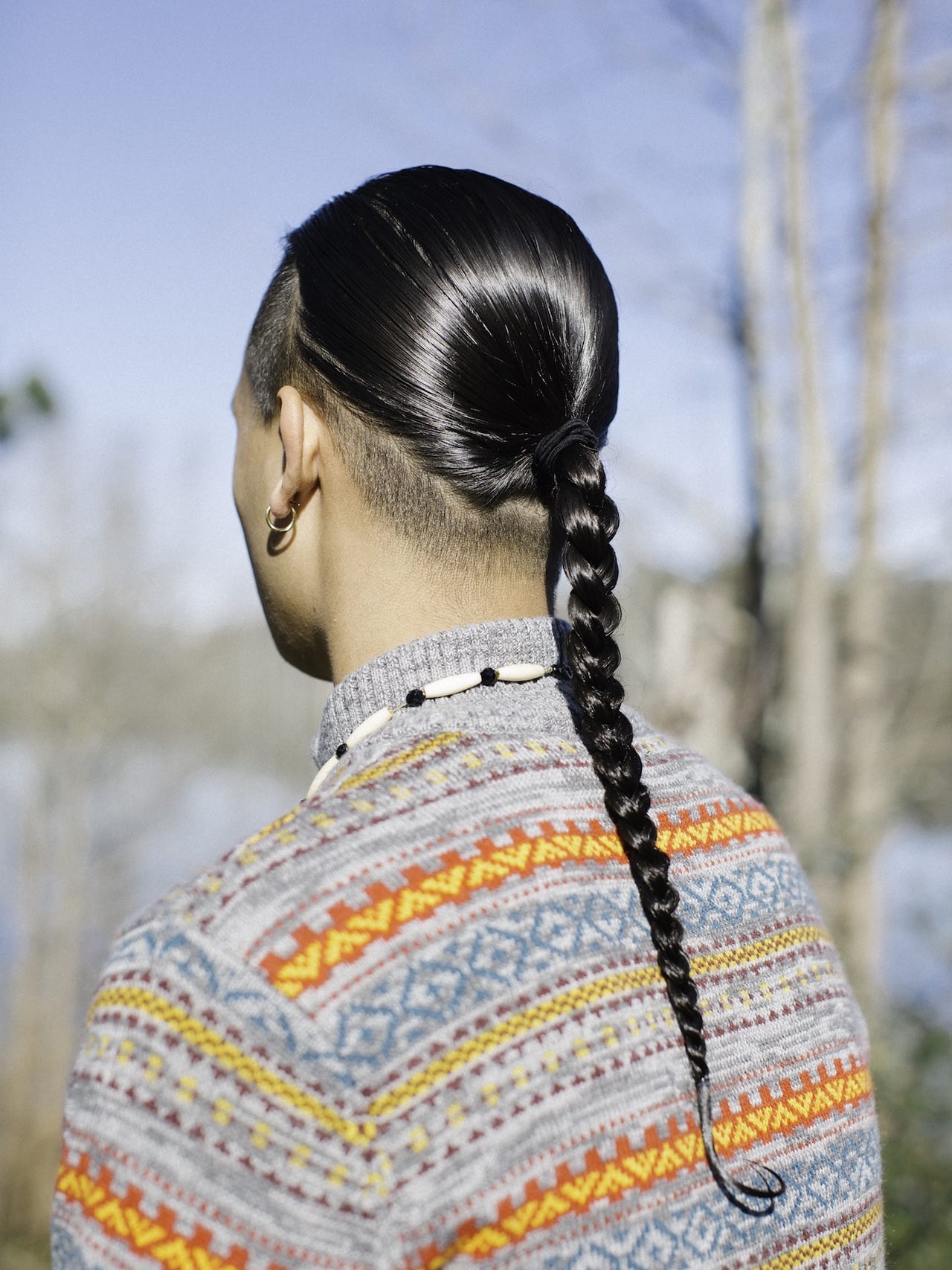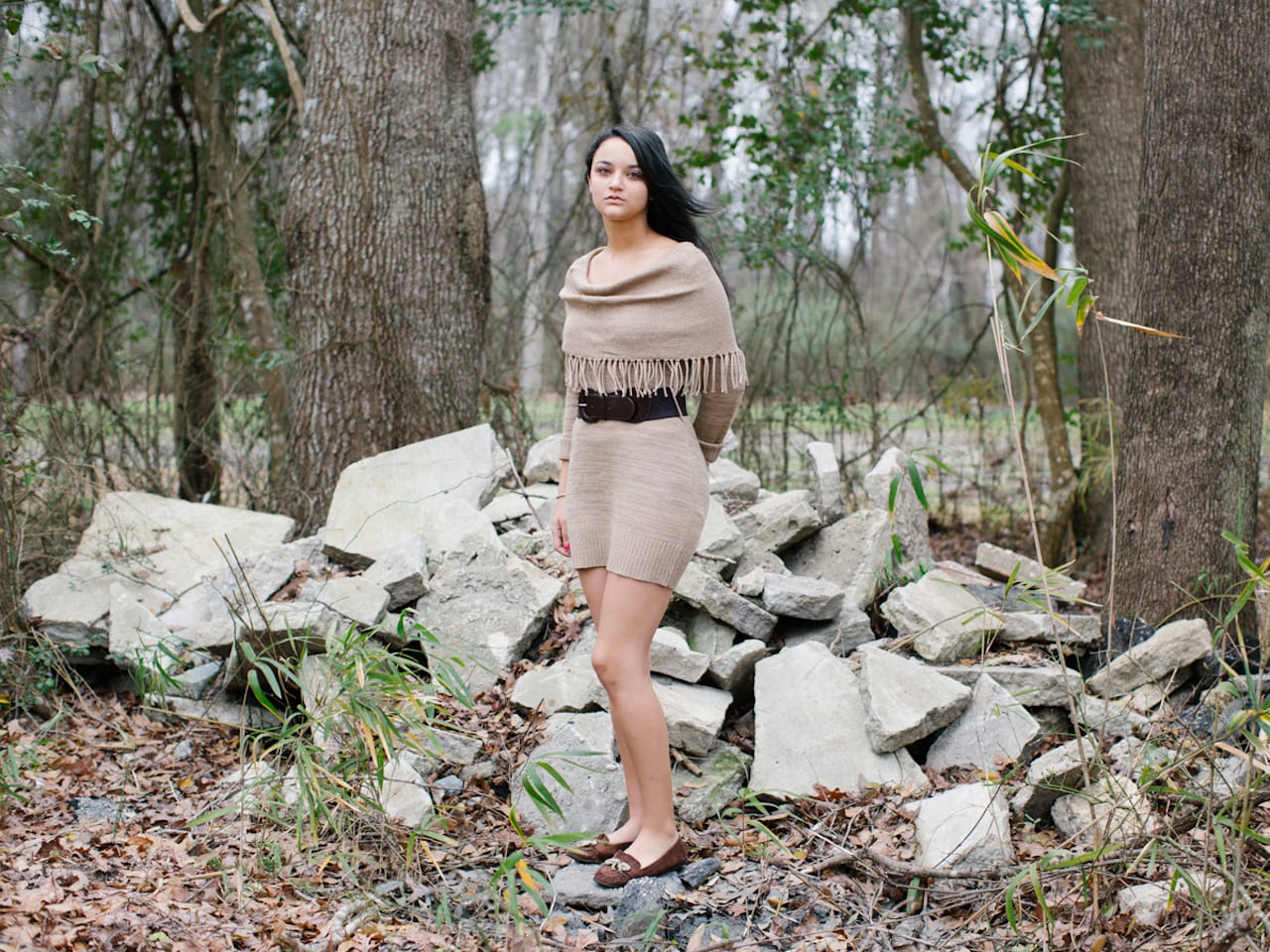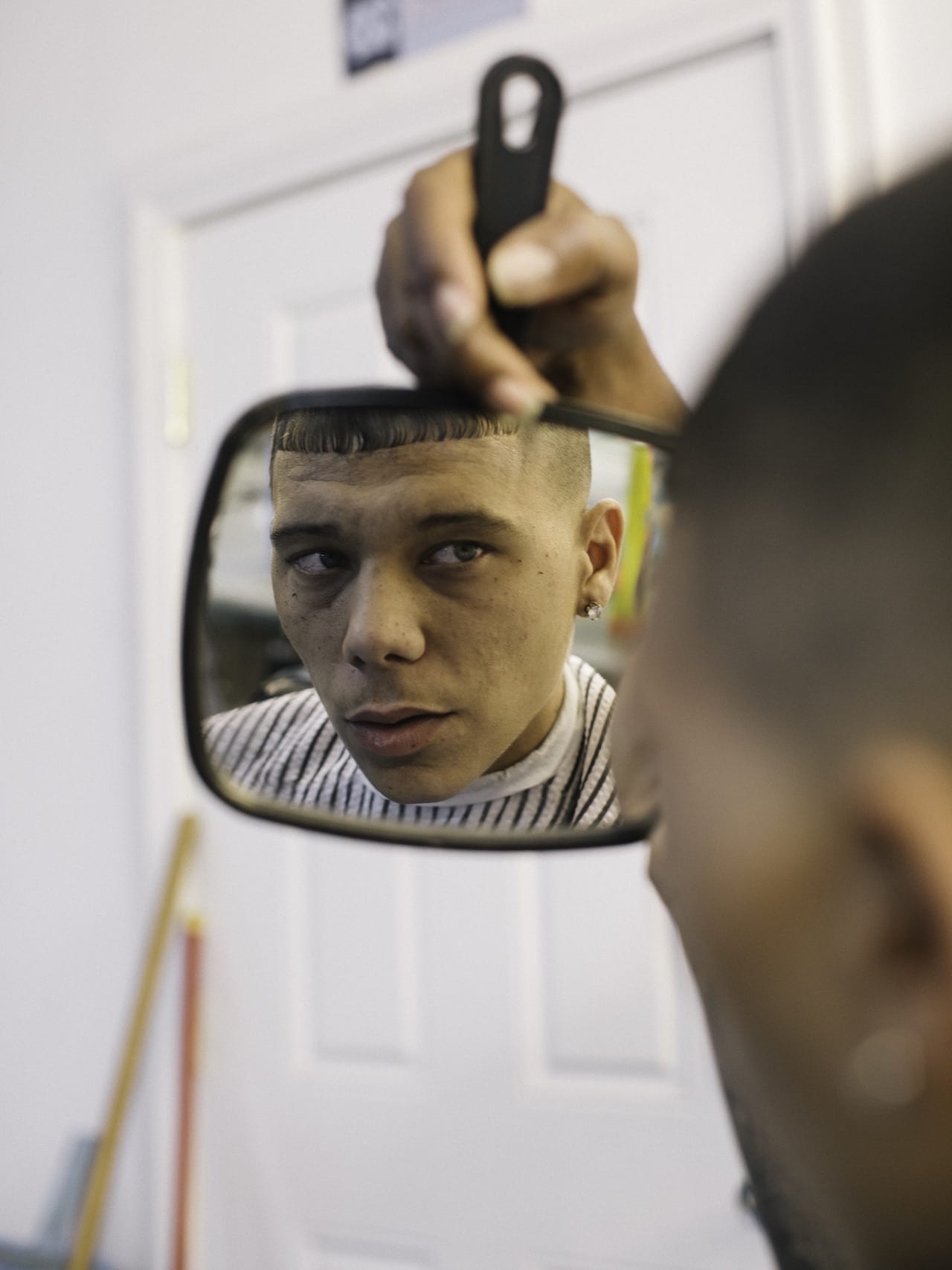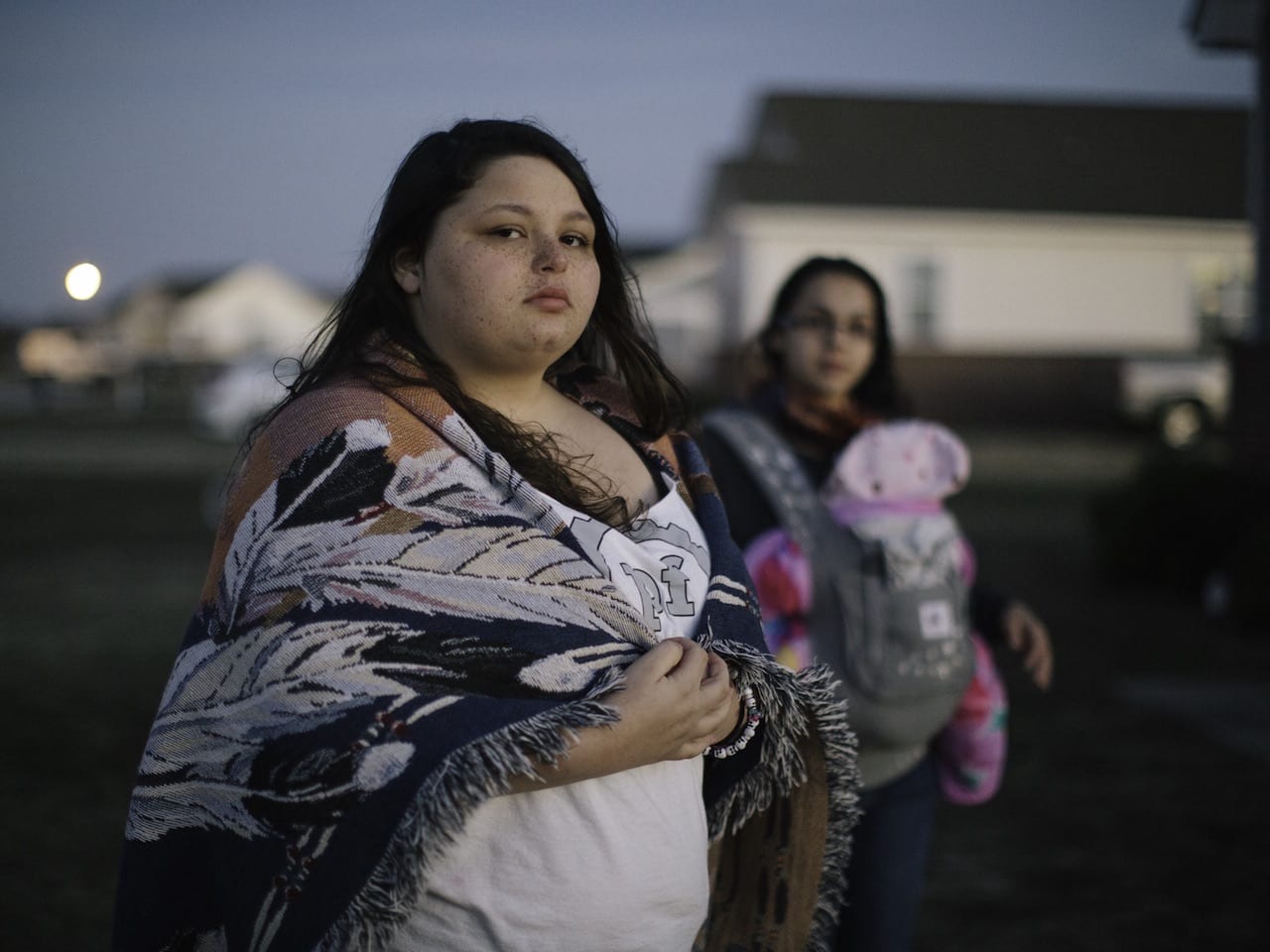The paradox of otherness is at the core of Maria Sturm’s You don’t look Native to me. Her subjects belong to the Lumbee Tribe of North Carolina, the largest tribe in the region with around 55,000 members, with their name taken from the Lumber River of Robeson County. Starting in 2011, Romania-born, Germany-raised Sturm spent time in Pembroke, the economic, cultural and political centre of the tribe, photographing their daily lives. It opened up questions about visibility, identity and stereotype in the US, where Native Americans are romanticised yet often dismissed. Many tribes remain officially unrecognised, though the sense of identity within the communities is very strong.
On her first visit, Sturm was struck by two aspects. “One was that almost everyone I talked to introduced themselves with their names and their tribe. The other was the omnipresence of Native American symbolism: on street signs, pictures on walls, on cars, on shirts and as tattoos.” She attended powwows (where leaders pray to Jesus, another surprise to Sturm) and spent time with locals.
The resulting photographs, often with motifs of smoke and mirrors, literal and metaphorical, represent the binary nature of identity: the way we see ourselves, and the way our image is presented back to us. “I was thinking, ‘Why can a Native American not be blond and blue-eyed? Why am I thinking that?’” Sturm says. “I was striving to create images that challenge our perception and create moments of contradiction that stimulate the viewer’s mind to be aware of the ways in which our perception is working.”
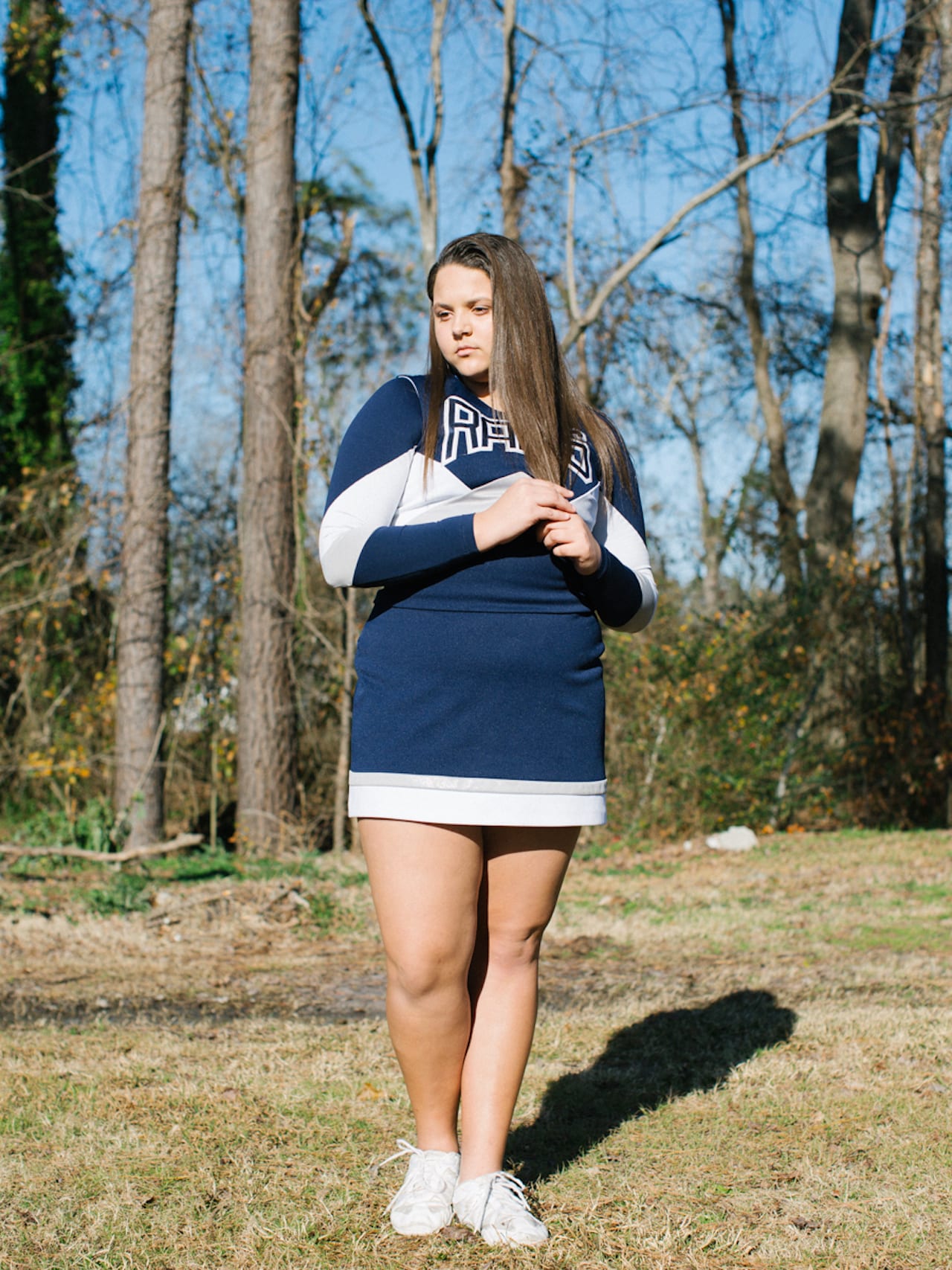
As always in the US, issues around race and identity are complex and nuanced; culture is intertwined with politics and histories that have been repressed. Questioning her own understanding of what it means to be Native American, analysing her position as an outsider, Sturm hopes to open the topic to those who might foster similar prejudices.
“There are many works exploring Native America and First Nations, from Thomas Easterly’s portrait of Keokuk in 1847 to contemporary works such as Kalpesh Lathigra’s Lost in the Wilderness,” Sturm points out. Works like these have defined and identified Native American culture to outsiders for over a century, but few have attempted to dismantle that gaze.
Sturm’s project captures Native American identity not as fixed, but as it evolves and redefines itself with the next generation. A key image for her is a portrait of a girl called Kearsey in traditional dress wearing plastic fangs for Halloween. “I was curious to see the community trying on identities for a holiday like Halloween,” she says. “I like that picture because she is challenging the viewer with her gaze, she looks fierce and confident, which stands for a new attitude, a new stance.”
mariasturm.com https://phmuseum.com/grant
